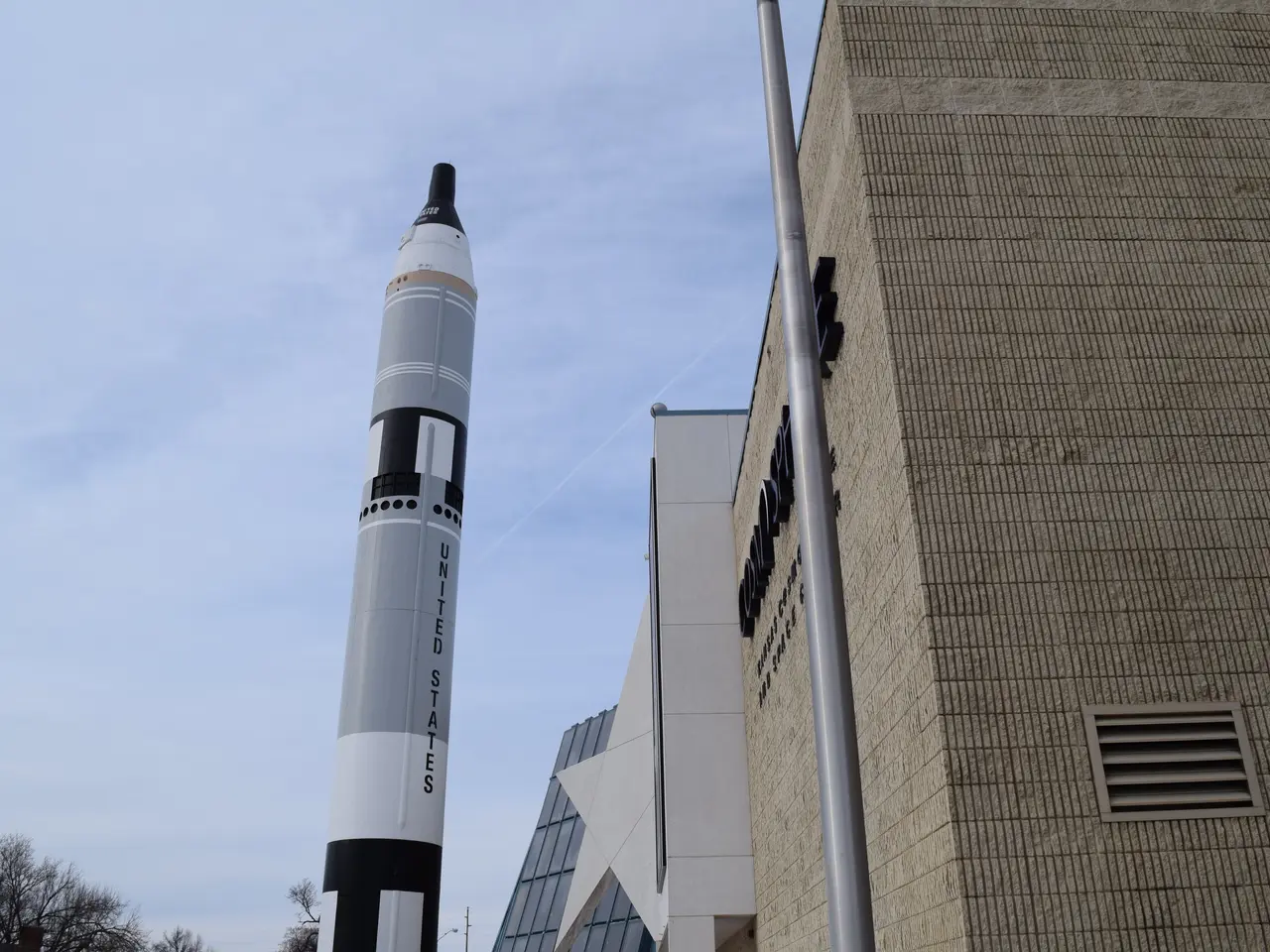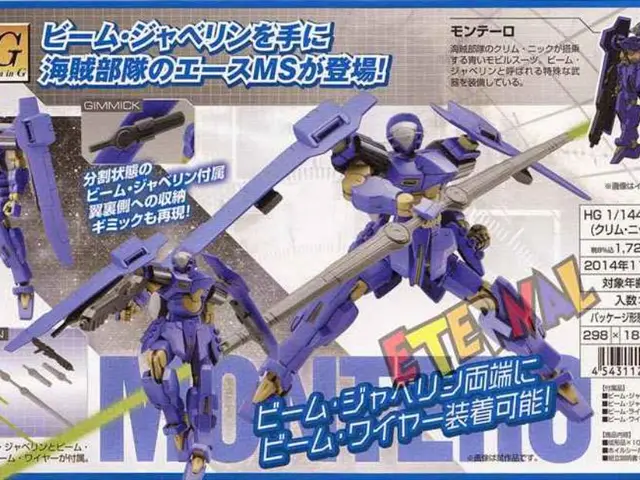NASA Aims to Launch New Spacecraft for Exploration of Hard-to-Reach Earth Orbits and Deep Space Regions
Six Companies Collaborate on Orbital Transfer Vehicle Studies for NASA
Six leading space companies are working together on nine early-stage studies for orbital transfer vehicles (OTVs), a significant step towards cost-effective, versatile spacecraft capable of delivering payloads to hard-to-reach orbits around Earth and beyond, including cislunar space.
NASA awarded a total of $1.4 million to Blue Origin, United Launch Alliance (ULA), Rocket Lab, and three other companies in 2025 to conduct these feasibility studies. The goal is to enable delivery of multiple or larger payloads to complex orbits, support future missions to the Moon and Mars, and reduce overall mission costs through improved in-space mobility and operations.
Blue Origin is conducting two studies:
- One on the Blue Ring platform, a large, high-mobility vehicle with hybrid solar-electric and chemical propulsion. It is designed for hosting payloads, onboard computing, and end-to-end mission operations across various destinations.
- Another study focuses on the New Glenn upper stage, assessing its capability as an orbital transfer vehicle or extended propulsion stage to support versatile payload delivery.
United Launch Alliance (ULA) aims to evaluate the extended-duration Centaur V upper stage, specialized to transport multiple rideshare payloads to different locations, including cislunar missions, thus enabling longer missions and diversified orbit insertions from a single launch.
Rocket Lab is performing two studies:
- One involves their upcoming Neutron rocket, likely assessing its integration with orbital transfer capabilities.
- Another centers on an orbital transfer vehicle based on the Explorer spacecraft, designed to maneuver payloads to specific orbits beyond initial rocket insertion.
The overarching goals of these studies are to enable:
- Transporting multiple spacecraft to diverse orbits with a single launch.
- Delivering payloads beyond low Earth orbit to medium Earth orbit (MEO), geostationary orbit (GEO), cislunar space, and deeper space.
- Supporting risk-tolerant payloads initially, with a potential future expansion to larger and more sensitive missions.
- Improving flexibility, mission responsiveness, and cost-effectiveness for NASA’s upcoming science and exploration missions.
These studies are expected to be completed by mid-September 2025, after which NASA will use the results to refine mission designs and procurement strategies for in-space delivery. The Kennedy Space Center, the location for the launch services program at NASA, will undoubtedly benefit from these advancements in space transportation technology.
In addition, Rocket Lab has unveiled a plan to land Neutron rockets at sea, with the first launch planned for 2025. Meanwhile, Blue Origin will fly an AI-powered surveillance sensor on the first flight of the Blue Ring spacecraft. Firefly Aero's study will focus on using Elytra orbital vehicles for transfer to lunar orbit operations or cislunar applications.
As the pace of commercial space delivery increases, a multi-orbit approach is needed, and these studies aim to provide the necessary foundation for a more efficient and cost-effective space transportation system. The ultimate goal is to send various sizes and types of NASA's spacecraft to a variety of destinations in space using OTVs, paving the way for more missions to the Moon and Mars in a cost-efficient way.
- The studies conducted by Blue Origin for NASA include one on the Blue Ring platform, a spacecraft designed to host payloads, onboard computing, and end-to-end mission operations across various destinations, and another study focusing on the New Glenn upper stage's capabilities as an orbital transfer vehicle.
- United Launch Alliance (ULA) aims to evaluate the extended-duration Centaur V upper stage, a specialized spacecraft designed for transporting multiple rideshare payloads to different locations, including cislunar missions.
- Rocket Lab is currently working on two study projects: one involving their upcoming Neutron rocket, likely assessing its integration with orbital transfer capabilities, and another centered on an orbital transfer vehicle based on the Explorer spacecraft.
- With the goal of enabling transporting multiple spacecraft to diverse orbits with a single launch, these studies are part of a growing need for a multi-orbit approach in the commercial space industry, aimed at providing a more efficient and cost-effective space transportation system.




